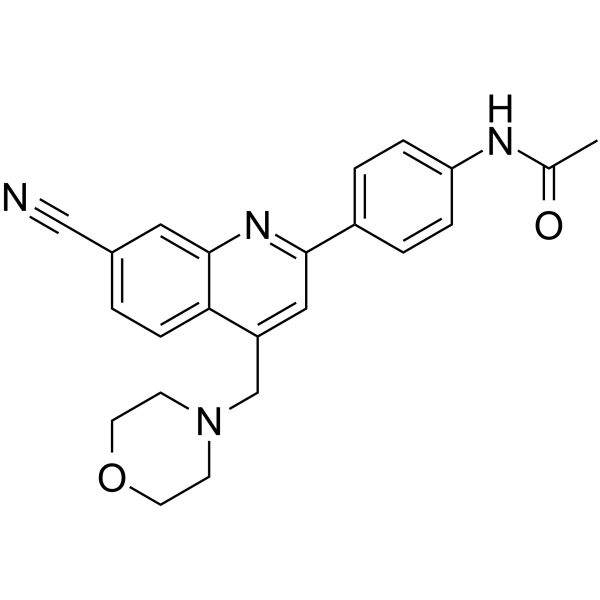| In Vivo |
RAGE229 (oral gavage, 5 mg/kg, twice daily, for 4 days) assuages short- and long-term complications of diabetes in mice. RAGE229 (oral or iv.; 150, 50 and 15 ppm chow; 30, 10, and 3 mg/kg per day per mouse) (5 mg/kg, ip. , every 12 hours for four total doses) reduces plasma concentrations of TNF-α, IL-6, and CCL2/JE-MCP1 in diabetic mice, and reduces pathological and functional indices of diabetes-like kidney disease[1]. Animal Model: female CF-1 mice and male mice with diabetes[1] Dosage: 5 mg/kg Administration: oral gavage, 5 mg/kg, twice daily, for 4 days Result: Reduced inflammation score and infarct area in mice. Animal Model: C57BL/6J mice and BTBR ob/obmice[1] Dosage: 30, 10, and 3 mg/kg; 5 mg/kg Administration: oral or iv.; 150, 50 and 15 ppm chow; 30, 10, and 3 mg/kg per day per mouse; 5 mg/kg, ip., every 12 hours for four total doses Result: Reduced the concentrations of CCL2, TNF-α and IL-6.
|
